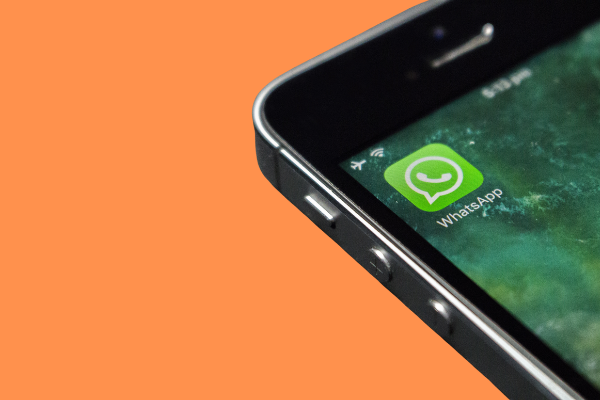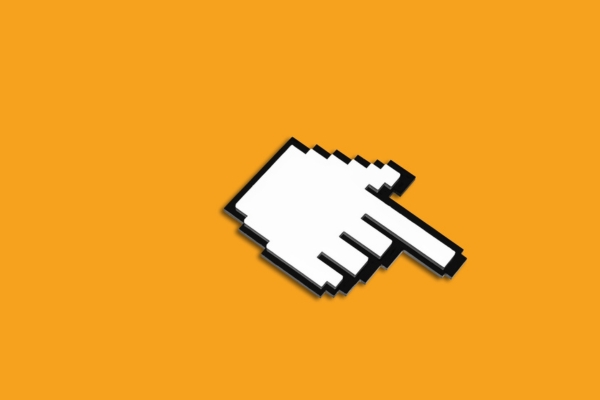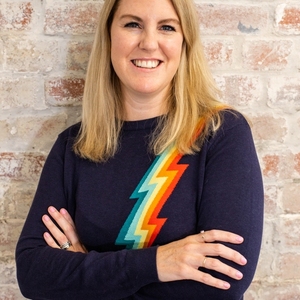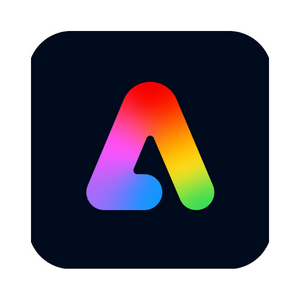Insights
INSIGHTS
All Topics
How charities can use WhatsApp Channels
We explore WhatsApp’s newest feature, Channels, and what it means for charities
The exciting thing about digital technology is that new tools are always arriving to transform the way we work. In June 2023, that new tool was WhatsApp Channels, launched by Meta and rolled out more globally in September of the same year.
Described by the messaging App as ‘a private way to follow topics you care about,’ WhatsApp Channels offers users a new way to share information, updates, photos, and videos to their followers.
Below, we explore the features of WhatsApp Channels in more detail and how charities can apply them to the work they do.
Where to find WhatsApp Channels
On WhatsApp, Channels can be found under the Updates tab, which used to be the Status tab. You’ll find the Channels you’re following under the Status updates from your contacts. You can also find and search for Channels that you’d like to follow.
How Channels works
Channel updates are completely separate to private calls and chats.
Unlike normal WhatsApp chats and groups, Channels is a one-way broadcasting channel. Charities can post updates about their work, via video or voice notes, create polls, share links to articles, or signpost to their website.
Followers can react, via emoji, to an update but they cannot reply or post on the Channel themselves. There is no direct messaging feature either.
By default, notifications are muted. Followers can turn on notifications to be alerted to new updates or they can view the Channel any time by going to the Updates tab.
Updates are stored on the server for 30 days, meaning that followers will only be able to scroll back to a maximum of 30 days to see updates.
The prioritisation of privacy
People can’t see who is in a Channel or who has reacted to an update. Channel Admins may be able to see a profile photo next to emoji reactions, depending on the follower’s privacy settings.
Admins won’t be able to see a follower’s name or phone number. Likewise, the Channel Admin’s name, photo, and number is completely private. However, Channel Admins will be visible to each other.
As the aim of Channels is to reach as wide an audience as possible, currently they are not end-to-end encrypted. However, in a blog, they stated, “We do think there are some cases where end-to-end encrypted channels to a limited audience might make sense, such as a non profit or health organization, and we’re exploring this as a future option as well.
The benefits of creating a WhatsApp Channel
Greater reach
In some countries, WhatsApp is more popular and active than social media channels such as Meta (Facebook) and X (Twitter). Having a Channel and a presence on WhatsApp could help your charity reach more ‘hard to reach’ people.
Improved wellbeing
The one-way broadcast nature of Channels is particularly useful for charities who may generate hostility and hate on social media channels. An ‘angry’ emoji will not affect the wellbeing of a Channel Admin as much as a hateful or threatening comment or private message on Facebook will.
Minimised reputational risk
A social media crisis is less likely to occur on this platform as updates disappear after 30 days and admins can choose to block screenshots and forwards from their channel.
Less resource needed
Whilst, of course, you will need the resource to manage the Channel in terms of posting updates, there is no community management needed as followers are only able to ‘react’ with an emoji to updates.
How charities are using WhatsApp Channels
Having only recently launched, there are not many charities using Channels as yet.
UNICEF was one of the first charities to create a WhatsApp Channel. At the time of writing, it has 4.8M followers – which has almost doubled since September when it had 2.7 million.
Many of the charity’s updates are about the humanitarian situation in Gaza, however it does also post about its work in other areas of the world.
Catherine Russell, UNICEF Executive Director, has her own Channel with 1.5 million followers. Her first update was about meeting children and their families in the Gaza Strip and a statement about her visit. This update has had over 6000 reactions.
The International Federation of Red Cross and Red Crescent Societies (IFRC) created a Channel on 22 November and already has just over 700k followers. Currently its updates are quite varied – from promoting a podcast episode to celebrating the organisation’s volunteers on International Volunteer Day.
How to promote your Channel
It’s always tempting to jump on the latest social media or communications channel, however it’s important to take a step back and ask yourself:
-
Is our audience on this platform?
-
What are we trying to achieve by being on this channel?
-
What is our strategy and purpose?
-
How will we resource this channel?
If you decide to create a WhatsApp Channel for your charity, how do you build your followers?
People can find your WhatsApp Channel in several ways. They can find it through searching for Channels within the App or by browsing the directory of Channels.
You can share a link to your Channel via email, your website or through a social media post on a different platform so that people can follow you.
Followers can also share Channels that they like or find interesting, with their own contacts on WhatsApp.
kirsty marrins
More on this topic
Recommended Products
Our Events
Q&A session: An introduction to Microsoft Copilot
Join us on the 14th of May for our Q&A session. It will provide a whistlestop tour of Microsoft Copilot’s key capabilities, how they can help charities, and answer all your burning questions around Microsoft’s AI service.
We use cookies so we can provide you with the best online experience. By continuing to browse this site you are agreeing to our use of cookies. Click on the banner to find out more.





















